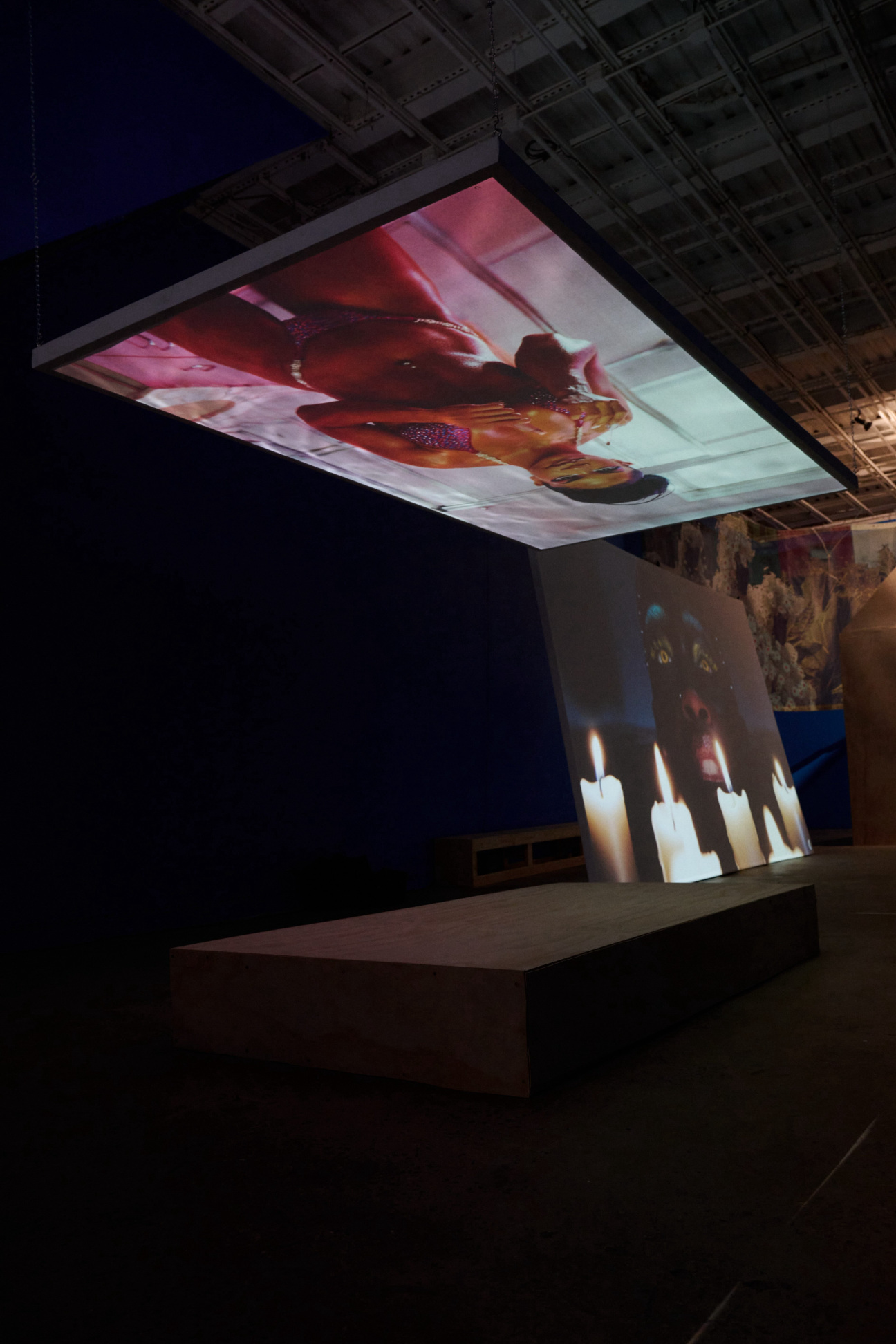
When New York gallerist Paul Hill surveyed the last few industrial revolutions, he was, let’s say, annoyed. People of color were always the last to get access to the fruits of these advances, he observed. Having identified the newest industrial revolution—artificial intelligence—he wanted in on artists’ behalf. “I wanted to make sure I’m in a position to steward a better direction,” he tells me.
So Hill decided to knock on the door of OpenAI, one of the leading companies in the field (and creator of ChatGPT and the text-to-image system DALL-E), to ensure artists of color had early access to its newest technologies, including ones that weren’t even on the market yet, such as its powerful text-to-video generator, Sora.
Now, it might seem ironic for artists to want to work with A.I. Yes, creative people are often early adopters of new technologies, but in this case, the headlines have typically focused on how artificial intelligence tools are ripping off creators’ work without compensation.
Perhaps in part to offset this public black eye, OpenAI went for Hill’s proposal: the tech giant would give artists access to those still-in-development tools to create works he would exhibit. What resulted was the recent show “Strada Nuova: New Road” at Hill’s three-year-old Strada gallery, which brought together artists Minne Atairu, Curry J. Hackett, Kordae Henry, nouseskou, Tabita Rezaire, Sophia Wilson, and Qualeasha Wood. Most are under 30 and have experience working with new technologies. With no shortage of ambition, Hill predicted the collaboration would “lead OpenAI into the fine art world.”

“This collaboration allowed OpenAI to gather valuable insights on how tools like Sora, ChatGPT, DALL-E 3, and Voice Engine can enhance and expand artistic capabilities, and provided the artists with these tools to explore storytelling with,” Leah Seay Anise, a spokesperson for OpenAI, shares in an email. “Through our collaboration, artists received education about OpenAI tools, an artist grant, and access to unreleased and advanced tools to support their creative endeavors.”
But not everyone has been happy about the company’s forays into the art world. Since the Strada show closed in late September, some 700 artists signed an open letter to the company, addressed “Dear Corporate AI Overlords.” They wrote that they, too, had been given early access to Sora to do experimental work but in the end felt like they were being used as unpaid labor for a company valued at about $150 billion. The signatories even managed to temporarily make access to Sora public.
None of the artists in the Strada show signed the letter.
Photographer Sophia Wilson customarily shoots with film cameras and develops in a darkroom, but she’s always been interested in seeing how her work can translate into new mediums or formats. Her photos in “Strada Nuova” featured Black female bodybuilders, shot in a rented house. They are not without humor: In one shot, Nicole Strauss vacuums the rug while wearing her sparkly competition bikini.

So where did the technology come into this low-tech process? As it turns out, Wilson found ChatGPT essential in her research.
“It’s very hard to find Black female bodybuilders in New York,” she said. “We were on a tight deadline, and I didn’t have the budget to hire a casting agent to find this very niche community. My team and I were panicking. So I had OpenAI do the casting for us, and it found their Instagrams.”
For Wood’s contribution to the show, an installation called LIFE SIMULATOR, visitors donned headphones and lay in a bed, where they viewed a video on monitors that surrounded them. There, a version of Wood named Q2 cavorted in an apocalyptic wasteland and a retro-futuristic room of computer monitors, backed by a soundtrack of Lana Del Rey’s “Get Free.”

There were weeks of trial and error in developing the piece, Wood tells me. “A lot of what I really valued in Sora I generated unintentionally, which I think made it feel more like a collaborator instead of just a tool.”
Wood is better known for fabric works that show images of herself amid numerous tabs and pop-ups. But the new piece planted a seed.
“When I look at my work now on the wall,” she says, “all I can think about now is if it could move a bit more.”
Last week, OpenAI announced that it was making Sora available to the public in the U.S. In a statement on its blog, the company wrote: “We hope this early version of Sora will enable people everywhere to explore new forms of creativity, tell their stories, and push the boundaries of what’s possible with video storytelling.”










 in your life?
in your life?

